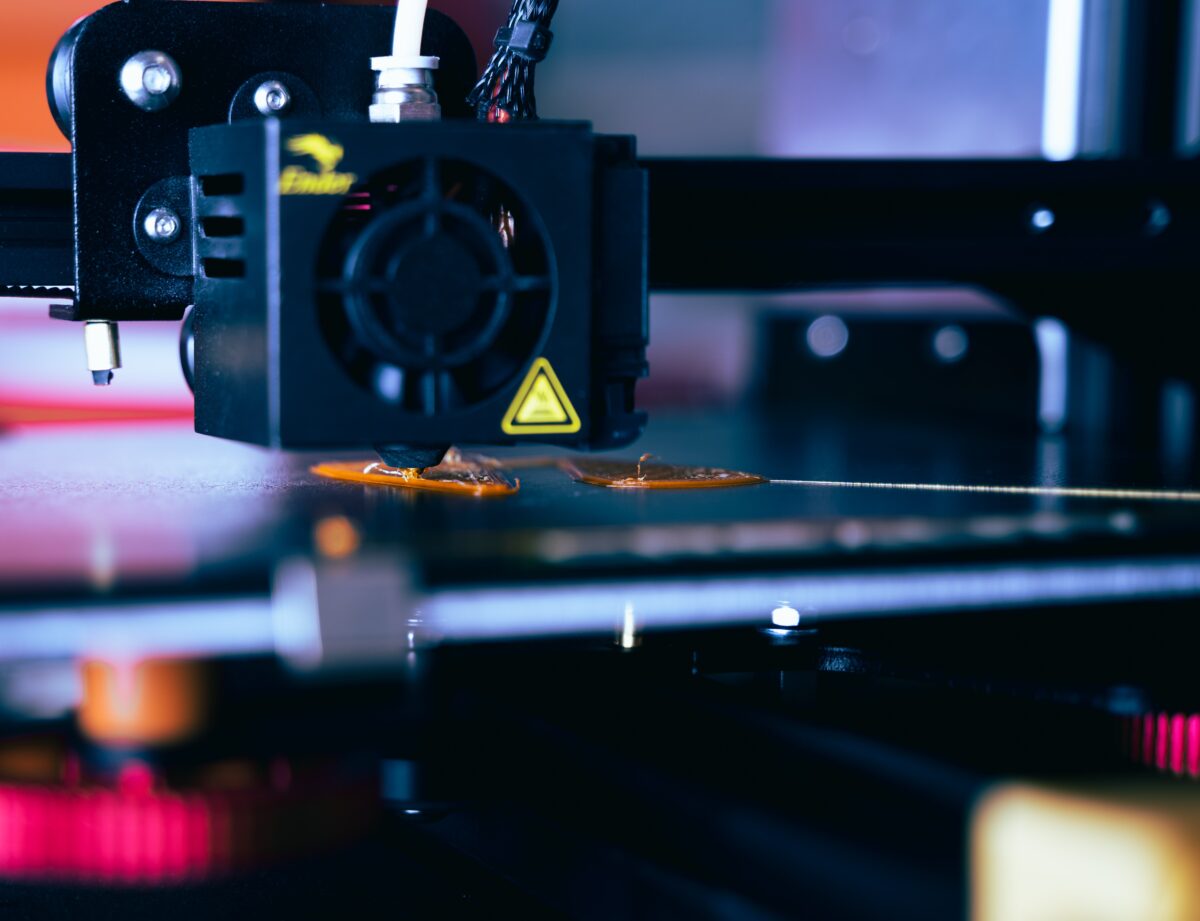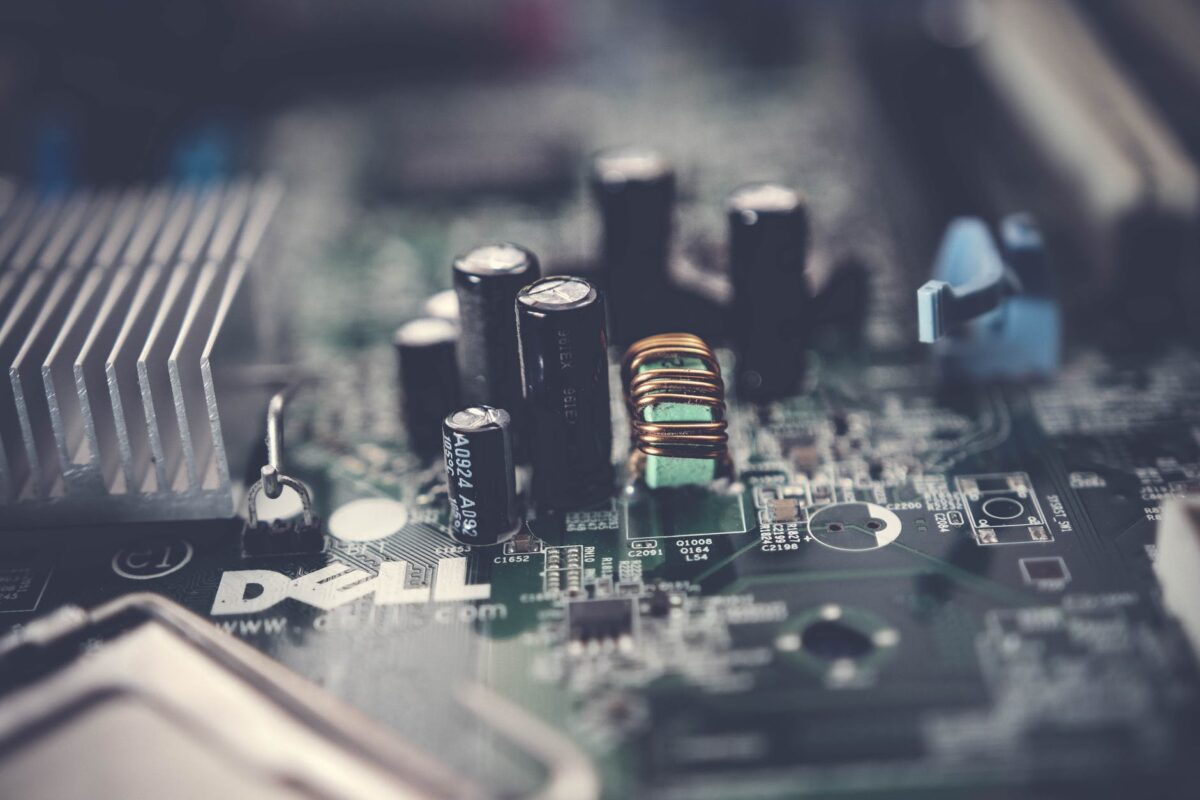3D Printing of Electronic Components
We talk a lot about the ways modern technology are a benefit to the electronics industry. There’s no better example of this than the ability to 3D print electronic components.
Print preview
The first 3D printer was invented in the 1980s, and used a technique called stereolithography (SLA). You might recognise the term from photolithography, a process used in the manufacturing of semiconductor wafers. Stereolithography is slightly different, it uses a laser to harden layers of photopolymer successively in a pre-defined shape. Photolithography is for etching patterns onto semiconductor wafers.
SLA is still the most commonly-used method of 3D printing. There are, however, other methods that have come into use, including digital light processing and liquid crystal display.
With the printing of components or circuits that can conduct electricity, special inks that contain conductive nanomaterials are required.
The process
First, a digital model of the desired component is required. This is referred to as a Computer Aided Design, or CAD model. Then a base layer of the material, usually thermoplastics, is formed using fused deposition modelling (FDM).
After this a trace is created, which is the little web of wiring you can see on a regular PCB. These traces need to be much thicker on a 3D-printed board because the nano-inks naturally carry more resistance than copper.
Once this is complete, the additional components of the board are added in layers until it is finished.
Why use 3D printing?
The process of retooling an entire factory setup versus uploading a different design to a single machine are vastly different. Retooling can be a costly and painstaking process, especially if you are manufacturing on a small scale or just prototyping.
The flexibility that comes with 3D printing is also an advantage. Where regular machinery may have limitations, 3D printing could have significantly fewer.
There would also be a reduction in the waste produced by the process. Most of the time, boards are manufactured and then the excess material is cut away. With 3D printing there would be remarkably less waste produced as it only prints what is needed.
3D printing of electronic components is currently used for small batches or for rapid prototyping, but in the future it could easily be used for more complex components and larger batches.
Just a reminder
Although Lantek does not specialise in 3D printers, we do specialise in electronic components of all kinds, and can supply stock as and when you need it. Make Lantek your electronic component supplier.
This blog is meant for informational purposes only and is in no way instructional.


